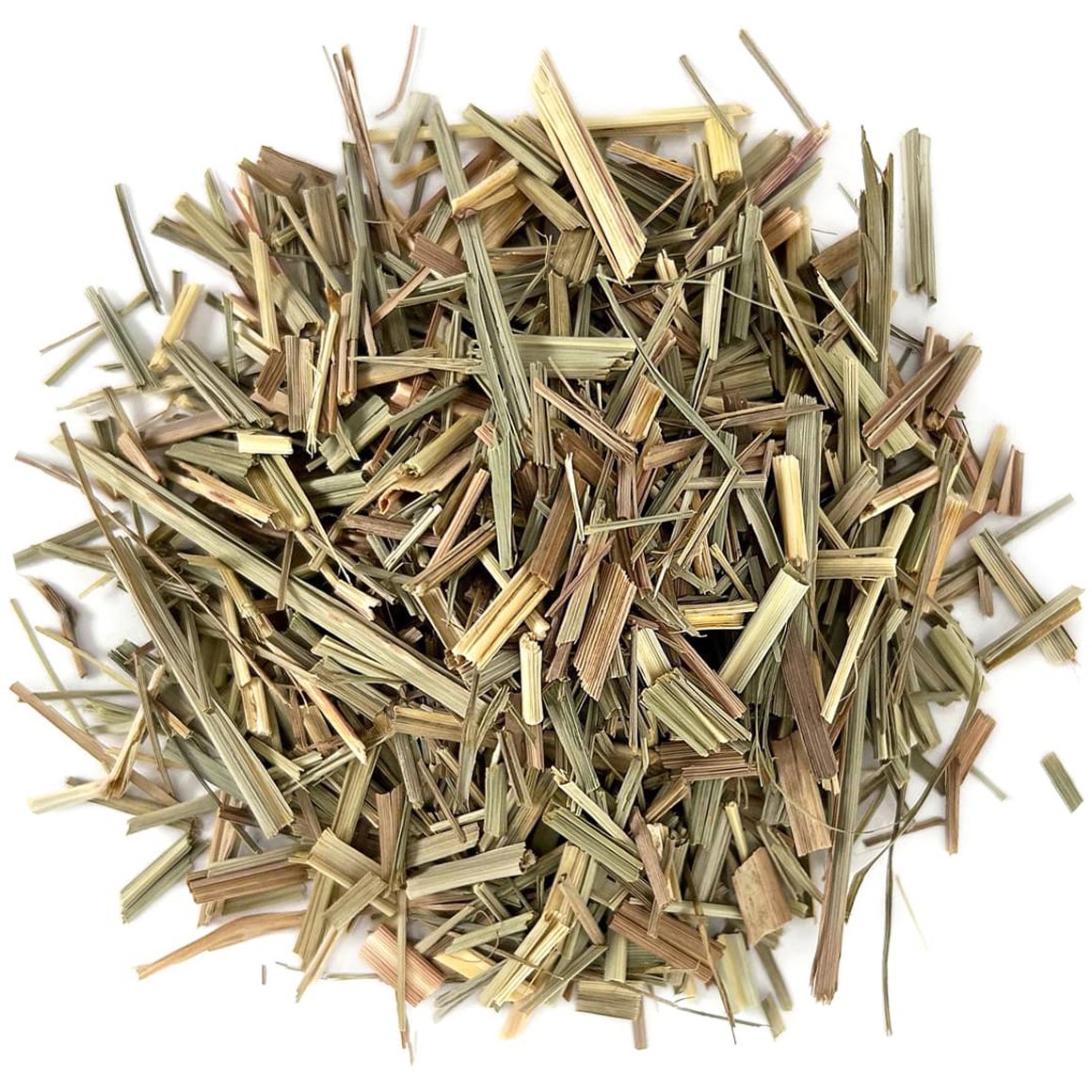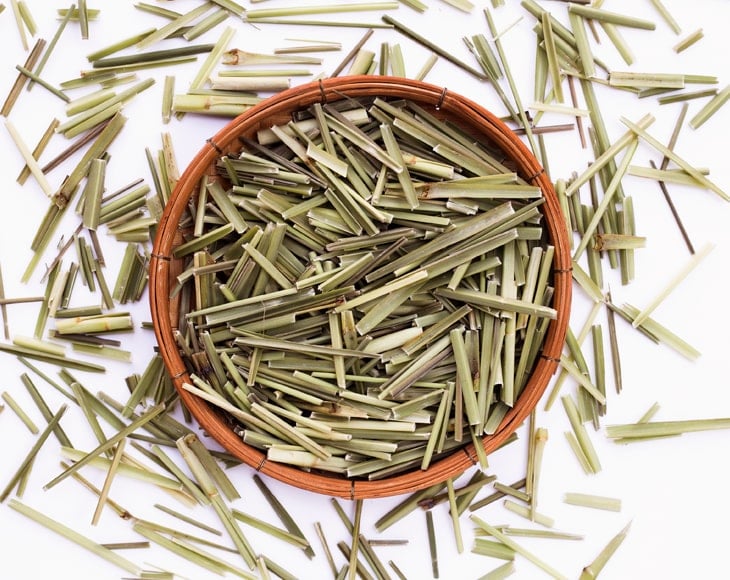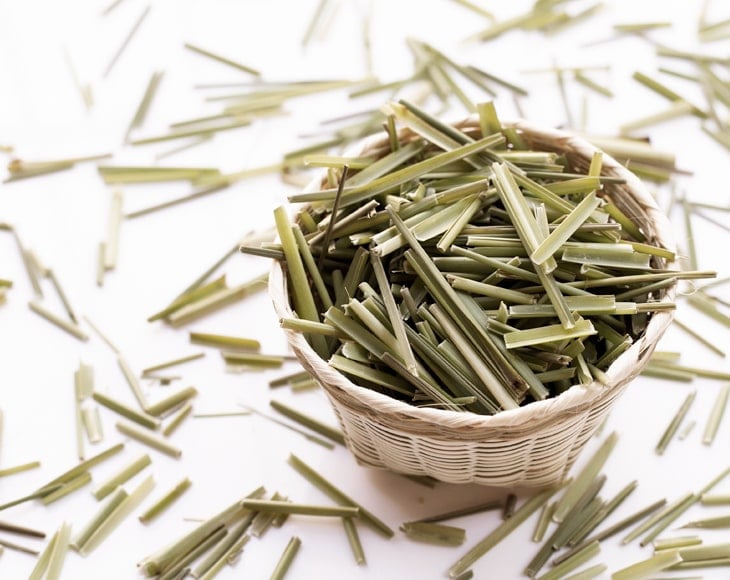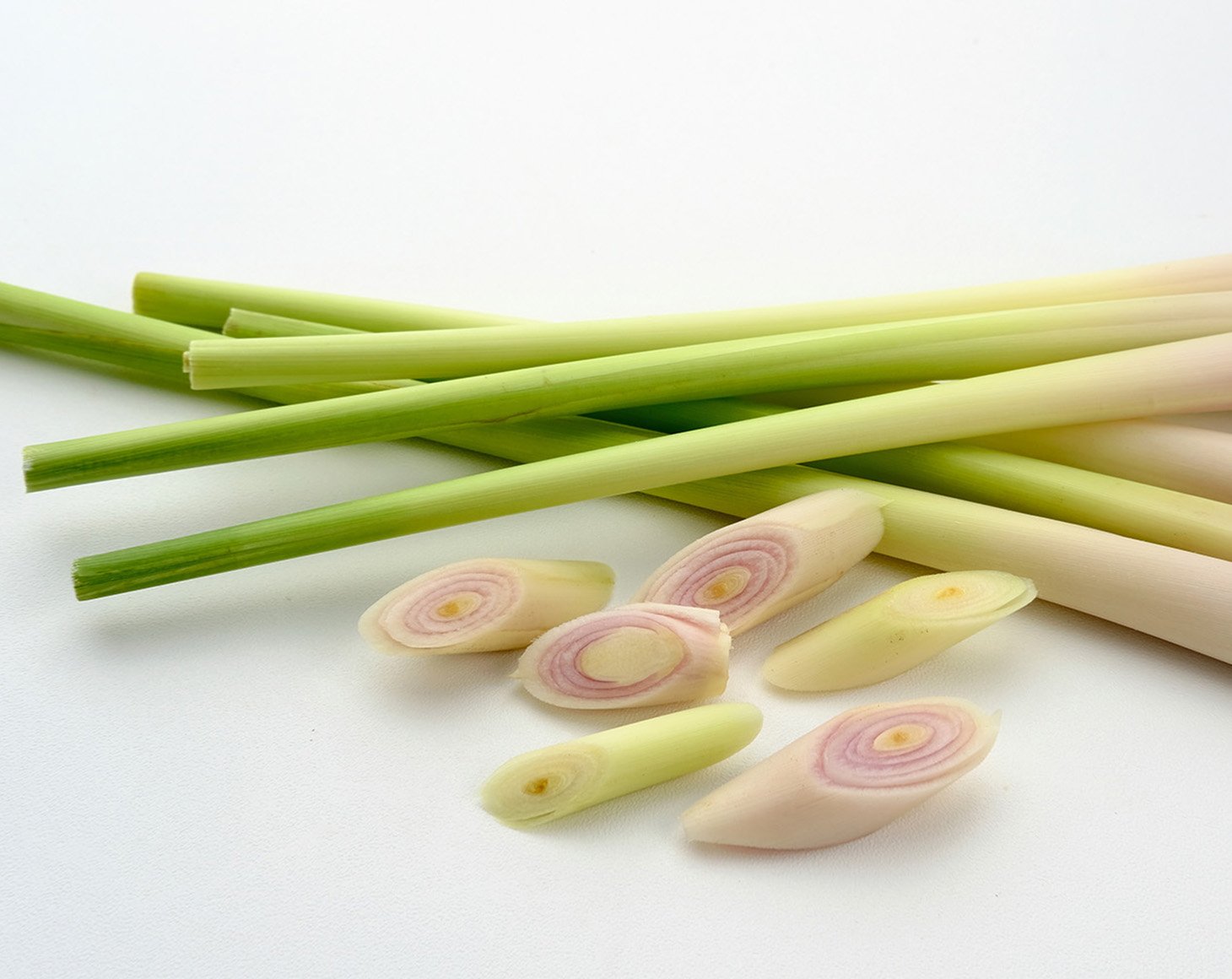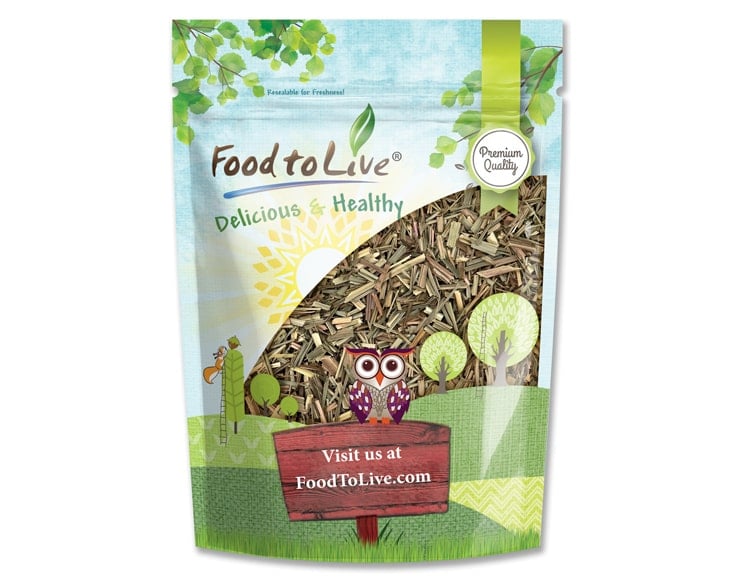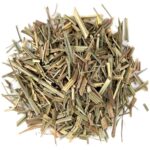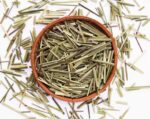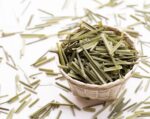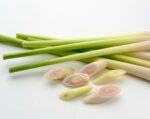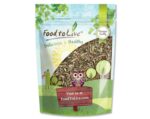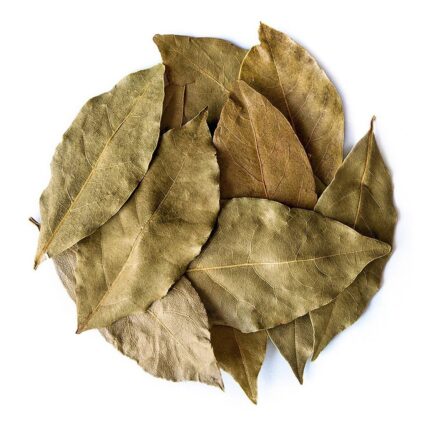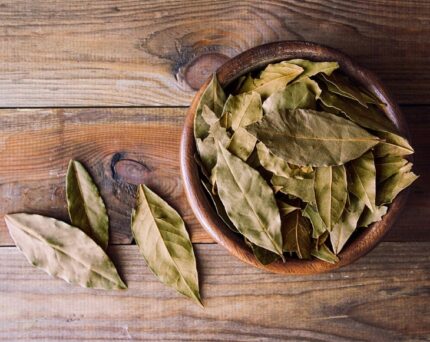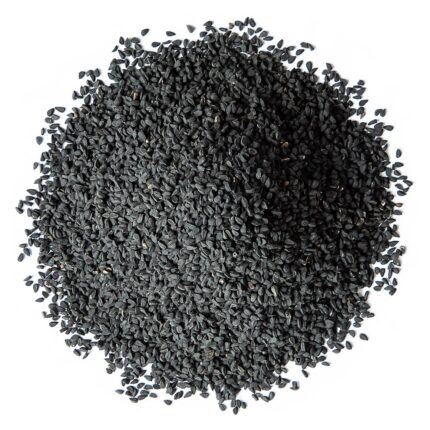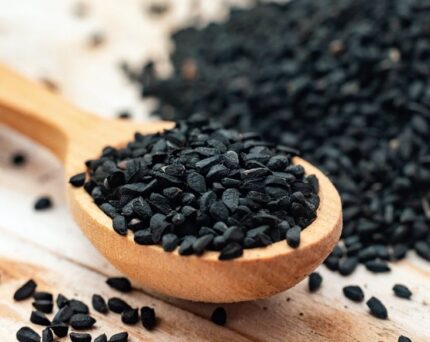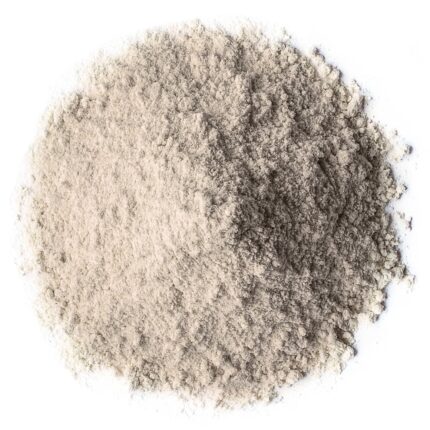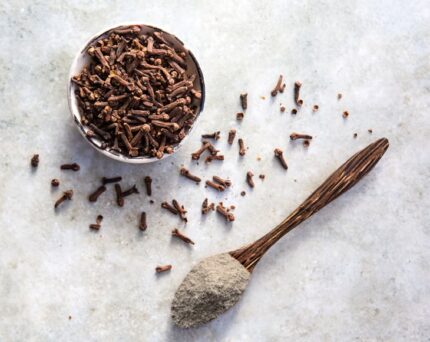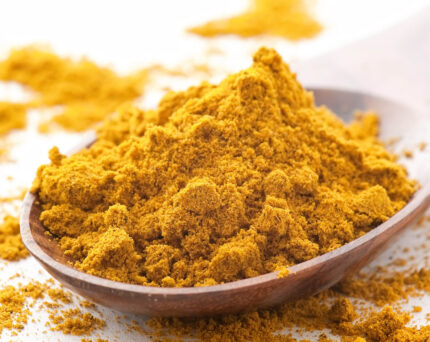Lemongrass, also known as Citronella, is a tall citrusy plant native to India and Asia. Dried Lemongrass is a dehydrated version of this herb which is super- convenient in both – use and storage. When comparing Dried Lemongrass vs Fresh, the former one has a richer aroma and flavor, and can be used all throughout the year.
Dried Lemongrass Uses
Lemongrass has a fresh, lemon-like, and floral taste that will complement many recipes. It is often used in soups, sauces, marinades, curries, and stews. Dried Lemongrass Leaves are a great addition to seafood, and various chicken and vegetable dishes. Use Dried Lemongrass for cooking flavorful Thai meals; for example, Tom Yum Soup and Thai chicken noodle soup. Nevertheless, the most common application of this grass is for beverages and tea. Lemongrass pairs especially well with ginger, lime, mint, fruits, honey, and spices. Moreover, you can mix-in Dry Lemongrass into your tea, or lemonade and it will gain a pleasant lemony taste.
Try our simple Lemongrass tea recipe:
• Combine 1 cup of boiling water and 2-3 teaspoons of Food to Live Dried Lemongrass
• Let it sit for 10 mins
• Strain the tea or leave as is
• Allow to cool and add some ice or enjoy hot
Lemongrass is generally considered to be safe for most adults, however, there is not enough data to provide a recommended dosage.
The Nutritional Value of Dried Lemongrass
Lemongrass contains essential minerals like Iron, Potassium, Manganese, Folate, Calcium, and Phosphorus. Moreover, it is an amazing source of potent antioxidants chlorogenic acid, isoorientin, and swertiajaponin. Apart from that, Lemongrass may have anti-inflammatory properties, aid digestion and weight
Storage Tips
Store Dried Lemongrass just as you would store tea – in a container with a tight-fitting lid (or original Food to Live bag) in a cool dry area.
How to Make Lemongrass Ginger Iced Tea

